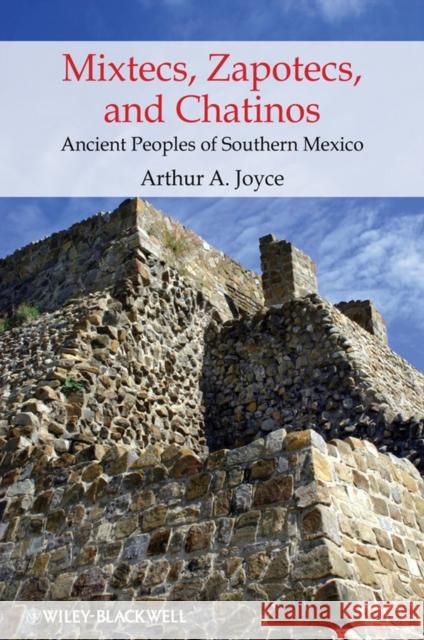Mixtecs, Zapotecs, and Chatinos: Ancient Peoples of Southern Mexico » książka
topmenu
Mixtecs, Zapotecs, and Chatinos: Ancient Peoples of Southern Mexico
ISBN-13: 9780631209782 / Angielski / Miękka / 2009 / 368 str.
Mixtecs, Zapotecs, and Chatinos: Ancient Peoples of Southern Mexico examines the origins, history, and interrelationships of the civilizations that arose and flourished in Oaxaca.
- Provides an up-to-date summary of the current state of research findings and archaeological evidence
- Uses contemporary social theory to address many key problems relating to archaeology of the Americas, including the dynamics of social life and the rise and fall of civilizations
- Adds clarity to ongoing debates over cultural change and interregional interactions in ancient Mesoamerican societies
- Supplemented with compelling illustrations, photographs, and line drawings of various archaeological sites and artifacts











